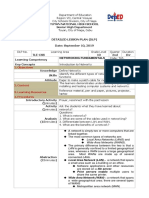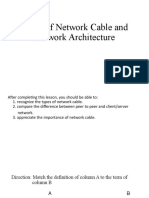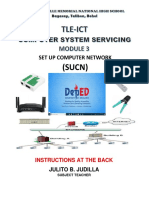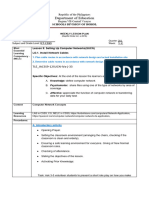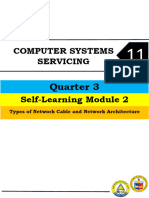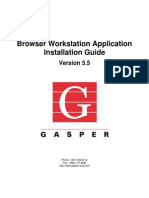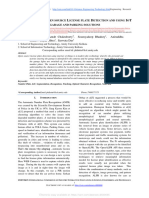0% found this document useful (0 votes)
47 views16 pagesIntroduction To Computer Networks
The document is a self-learning module for Grade 10 students focusing on networking and LAN cabling. It covers essential knowledge, skills, and attitudes related to computer networking, including tools and procedures for installing network cables. The module includes lessons on networking types, tools for networking, and assessments to gauge understanding.
Uploaded by
Rhian MacanipCopyright
© © All Rights Reserved
We take content rights seriously. If you suspect this is your content, claim it here.
Available Formats
Download as DOCX, PDF, TXT or read online on Scribd
0% found this document useful (0 votes)
47 views16 pagesIntroduction To Computer Networks
The document is a self-learning module for Grade 10 students focusing on networking and LAN cabling. It covers essential knowledge, skills, and attitudes related to computer networking, including tools and procedures for installing network cables. The module includes lessons on networking types, tools for networking, and assessments to gauge understanding.
Uploaded by
Rhian MacanipCopyright
© © All Rights Reserved
We take content rights seriously. If you suspect this is your content, claim it here.
Available Formats
Download as DOCX, PDF, TXT or read online on Scribd
/ 16




























